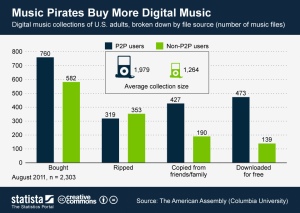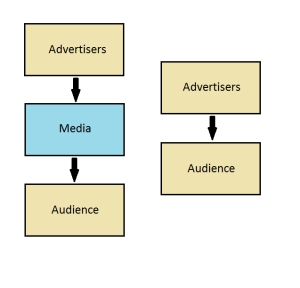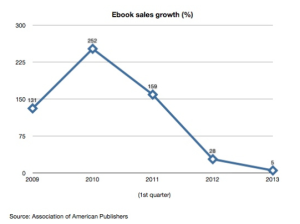It’s a familiar story to many would-be authors. Their book is good, but it’s too niche. The audience isn’t big enough. There used to be two options: keep trying, or self-publish.
Now there’s a third: crowdfunding.
Crowdfunding refers to funding a project using small amounts of money from large numbers of people.
The two biggest crowdfunding services are Kickstarter and Indiegogo. Project creators make a page for their venture, with details about the product and a video pitch. Users can then choose to ‘back’ projects, donating money in exchange for tiered rewards.
Websites like these have enabled the development tens of thousands of projects from video games to smartphones. The only people deciding which are worth funding are the consumers themselves – eliminating the gatekeeper role of publishers.
Author and entrepreneur Seth Godin crowdfunded his 2012 book The Icarus Deception using Kickstarter, raising over $250,000. As his blog is one of the most popular worldwide, Godin was able to appeal to a wide audience for funding.
More recently, the UK-based service Unbound has been launched, providing a crowdfunding platform specifically to publish books. Authors post a video pitch on their page to entice an audience of potential readers.
It could herald a new trend in publishing, giving the audience more control over the content they consumer. It also benefits the creators – if their venture is successful, they have a guaranteed audience for their work. If they do not reach their goal, the losses are minor compared to a traditionally published book which flops after time and money invested in publishing it.
However, crowdfunding is far from perfect. It can be difficult to get your project noticed, especially on popular sites like Kickstarter. It’s also easy for creators to misjudge the level of funding they will require, leading to a failed venture and disappointed backers.
But with interest still high, and many successfully funded projects, it could be that crowdfunding is simply another facet of the changing industry. After all, the most important person in publishing is the reader, and the reader’s interests drive the market.



